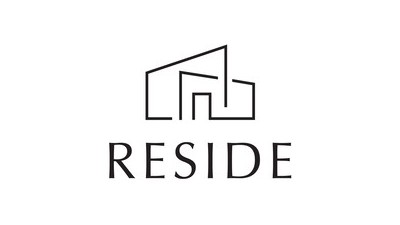When Offering Furnished Units, Developers Can’t Be Scared To Go Big

A growing number of companies are offering multifamily developers an opportunity: instead of inundating the residential market with high-end multifamily units, developers can furnish some of their units for short-term rentals. For many, this is an unfamiliar strategy, and developers are hesitant to start with more than a few units. But developers who dip their toes in the water may not do nearly as well as those who jump right in.
A growing pool of case studies shows that developers who rent out the entirety of an asset are seeing higher short- and long-term returns than those that rent out just a handful of units. From lease-up to the escrow table, there are significant financial and logistical benefits to going big.
“Developers are hesitant to move away from what they know, and especially hesitant to commit fully to alternative housing, though it is [a] burgeoning asset class,” RESIDE Worldwide Executive Vice President Derrick LaRosa said. “But once we show them the numbers between going small and going big — the increased net operating income, the early cash flow — then they really start taking the idea seriously.”
First, LaRosa said, this strategy reduces the number of apartments that a developer or broker must fill with hard-to-wrangle, long-term tenants, cutting down on lease-up time. Second, it kick-starts cash flow just as developers are paying off high-interest construction loans, allowing them to switch to more sustainable funding sooner. Third, LaRosa added, short-term rentals offer higher net operating income than long-term leases.
Many developers realize these benefits and are content to hedge their bets, renting a few units to a short-term rental company and going no further. But RESIDE's books show that when a developer commits an asset to furnished units up front, the higher the profits, and the more sustainable the approach.
To execute this strategy, RESIDE partners with developers to take over entire assets. LaRosa said that dedicating an entire asset to an alternative housing strategy creates economies of scale.
“Offering a few units will work, but in terms of staffing, cleaning and all of these services, it makes sense to dedicate as many units as possible, really the whole building, to short-term rentals,” LaRosa said.

Just as important as the benefits of going big are the possible drawbacks of going small: When a developer signs away only a chunk of an asset to a short-term rental operator, it sets itself up for conflict between short-term and long-term guests. LaRosa detailed one case study in which a developer had begun renting a quarter of their rooms short-term, and slowly had to watch their long-term guests dwindle to nothing as the two groups feuded.
When a developer divides an asset, LaRosa said, it often requires changes to the physical plan of the building — separate lobbies, for instance — that can hurt the long-term value of the building on the secondary market. When a developer dedicates an entire asset to an alternative housing program, by contrast, the move back to traditional multifamily can be fairly simple.
“If a potential buyer wants the asset but is looking to switch it back to multifamily, all they have to do is move the furniture out,” LaRosa said. “When a short-term rental company comes in and signs a master lease, they are changing the fabric of the building. But with RESIDE, it’s non-invasive.”
LaRosa added that since dividing an asset requires changes to the building itself, it tends to only make sense for newly constructed buildings. RESIDE, he said, is able to look at both new construction and repositioning efforts, which allows the company to be somewhat choosier in terms of where to place new investments.
The pool of evidence will continue to deepen, LaRosa thinks, as more developers invest in these alternative accommodations — assets that don’t quite fall into traditional asset classes. Though the market is young now, he compared it to the more general multifamily market 30 years ago.
“Prior to the 1990s, multifamily was not a generally accepted asset class, so it’s amazing to now see the growth of institutional investment into multifamily," LaRosa said. “So as far as alternative accommodations are concerned, we’re at the outset of a maturing market once again.”
This feature was produced in collaboration between Bisnow Branded Content and RESIDE Worldwide. Bisnow news staff was not involved in the production of this content.

